A buried treasure of nine well-preserved bronze Byzantine coins found by archeologists during an excavation near Highway 1 serves as evidence of the Persian invasion of Jerusalem at the end of the Byzantine period, the Israel Antiquities Authority announced. According to the IAA, the coins, from the 7th century AD, bearing the images of Byzantine emperors, were unearthed in June during salvage excavations conducted by the Authority as part of widening the highway near Ein Hemed, roughly seven kilometers west of Jerusalem.
The images of Turkish emperors Justinian (483-565 AD), Maurice (539-602 CE) and Phocas (547-610 CE), all wearing military garb, and carrying a cross, can be seen on the Byzantine coins. Annette Landes-Naggar, director of the excavation on behalf of the IAA, said the coins were found bundled in a cloth purse deep in the ground, by the wall of an ancient wine press.
“The cache was buried adjacent to an area of collapsed large stones,” she said. “It appears that the owner hid them when there was danger, hoping to return to pick them up. But, now we know he was unable to.” “Apparently, this was during the time of the Persian Sassanid invasion, around 614 AD,” she added, noting that the invasion was among the factors that ended the reign of the Byzantine emperors in Israel.
“Fearing the invasion, residents of the area who felt their lives were in danger buried their money against the wall of a wine press, hoping to return home at the end of the conflict, which did not happen,” Landes-Naggar said.“The site was abandoned and destroyed.” The winepress building, she said, belonged to a larger site extending across what is now Highway 1, which was first revealed one year earlier, near a Byzantine church.
“This site is situated alongside the main road from the entrance to Jerusalem, and was used by Christian pilgrims to enter the city,” said Landes-Naggar. “Settlements were developed along the road.”
Dr. Amit Shadman, an archaeologist in Judea, said the Authority and Israel Pipeline Company will work together to preserve the site for the public.
Original Source: Jerusalem Post


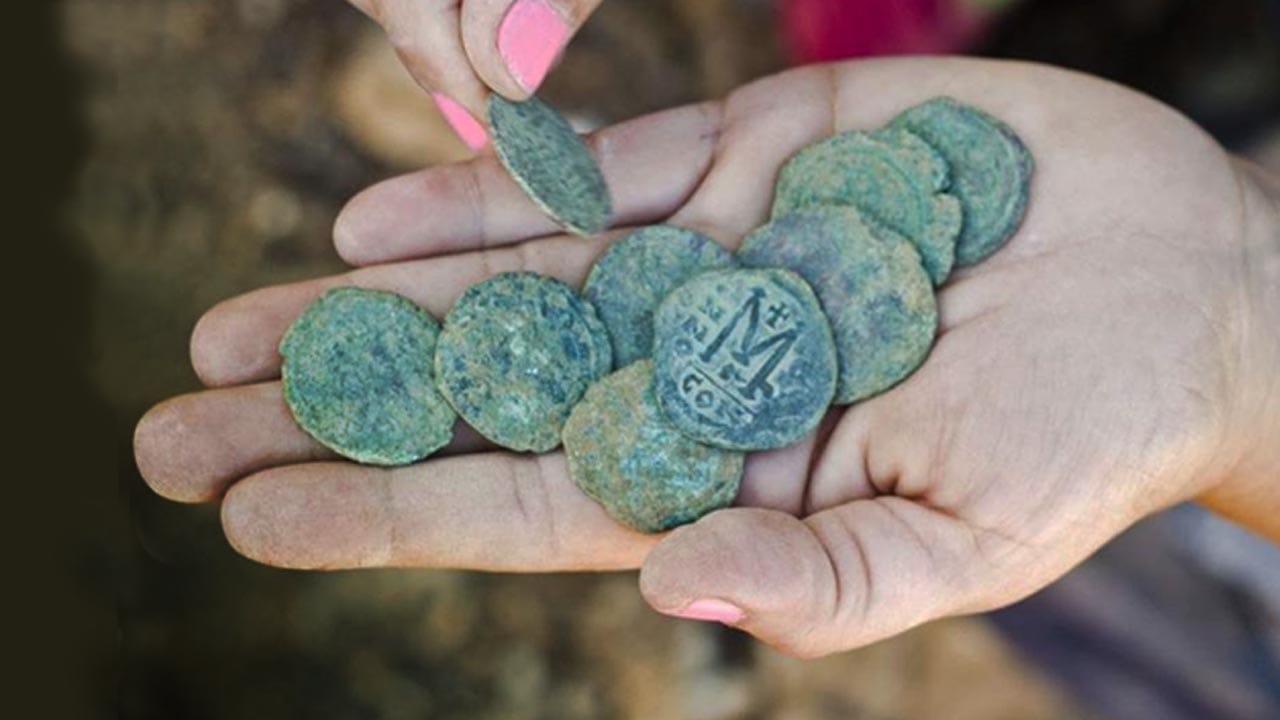
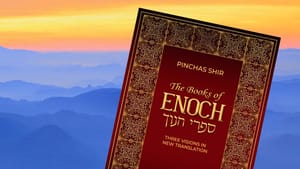


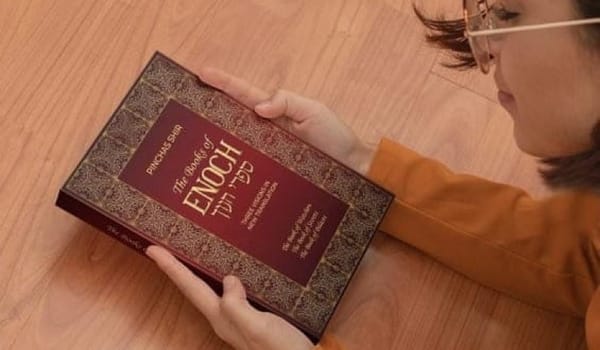
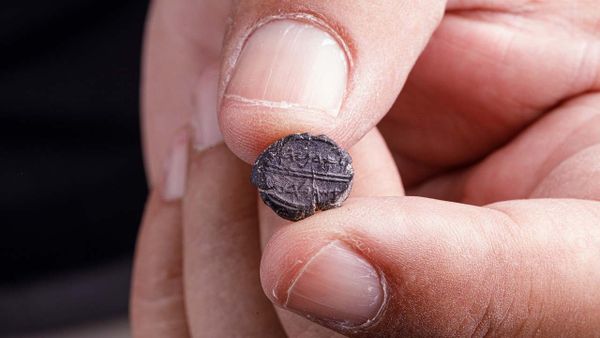
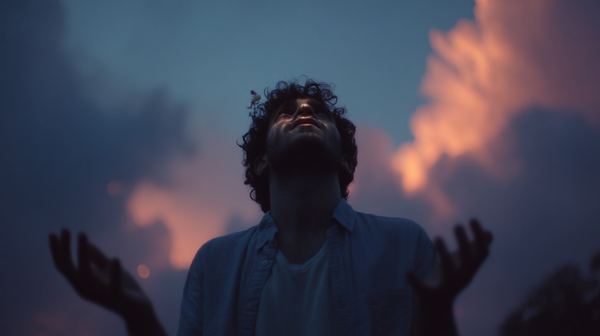

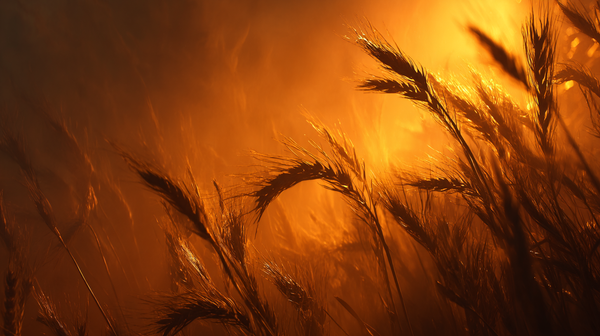
Member discussion